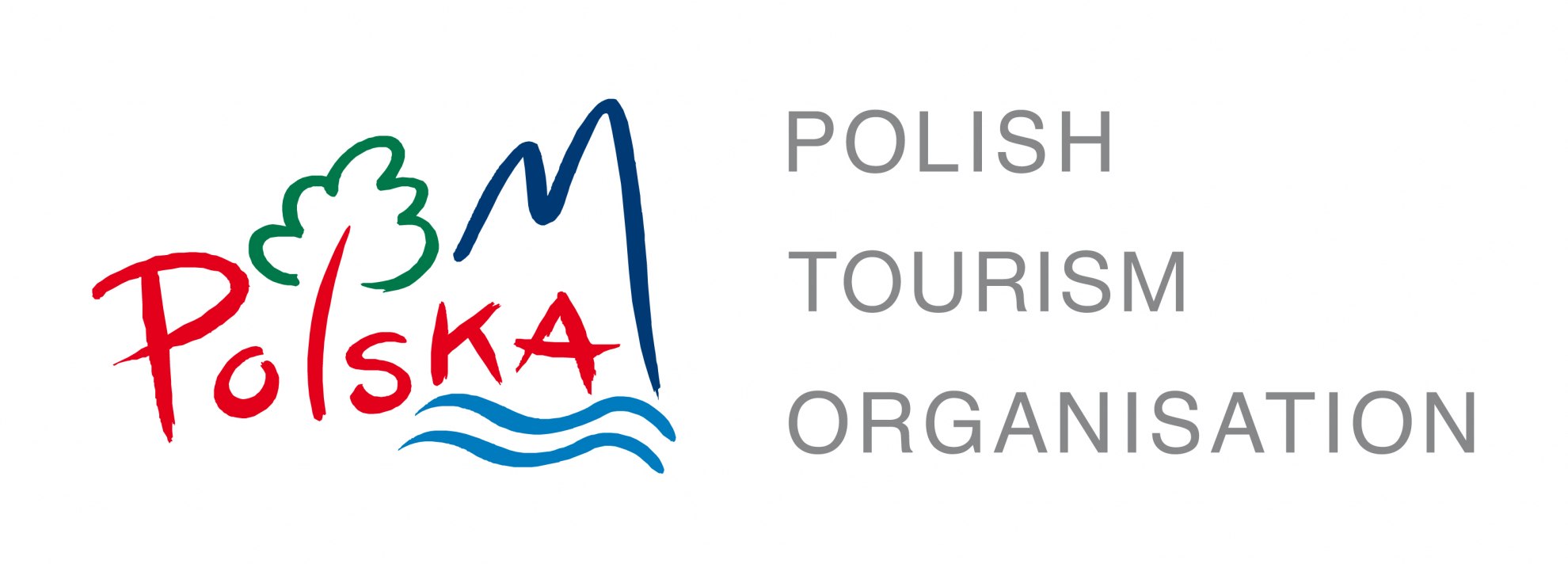Towards the end of 1939, the Germans began preparations for the construction of command posts in the vicinity of Strzyzow and Stepin, in the southern section of the front, due to the already anticipated war with the Soviet Union. The structures were given the codename of “Anlage Sud”.
FEATURES, ORIGINS, VALUES AND LEGAL PROTECTION
Towards the end of 1939, the Germans began preparations for the construction of command posts in the vicinity of Strzyzow and Stepin, in the southern section of the front, due to the already anticipated war with the Soviet Union. The structures were given the codename of “Anlage Sud”. Work started at the beginning of 1940 and proceeded at such a quick pace that by the spring of 1941, the building was ready, but in a rough state. At the same time, work on the two similar structures in Konewka near Spala and Jelen, to the east of Tomaszow Mazowiecki. For the work to be carried out with utmost secrecy by the company Chemische Werke “Askania”, only workers from Germany and Italy were used. The most important structures were gigantic, almost 400 metre long reinforced concrete train shelters, into which an entire command train could be hidden. Shelters with technical facilities were located nearby which contained power generators, boilers, filters and fans which took heated and purified air through underground channels to the train shelter. Other facilities housed transformers, wells and water treatment plants. Each site had its own fresh water and sewage facility. All technical facilities were connected to the rail shelter with three underground corridors. To protect the facility several concrete bunkers equipped with machine guns were also constructed. A major drawback of this type of structure was inefficient communication. The facility was never used as a command post during the attack on the Soviet Union as Hitler and his General Staff led the Russian campaign from shelters in the area Ketrzyn in Prussia, the “Wolfs Lair”. In the later stages of war, as these shelters were too far removed from the battlefield, they lost their status as command posts. The structure was not used militarily facility after the war. A scheme was started to use the structure by the National Bank of Poland for safe-deposit box storage. The track channel was buried, the entire area was cleaned up and armoured doors mounted, but eventually the bank withdrew from the project. In the 1970’s the building was being used for growing mushrooms. The shelter in Stepin is the largest of its kind in Poland. Since 2000, the property has been owned by the Municipality of Frysztak and open to the public for sightseeing.
TOUR ORGANISER
District Office
38 -130 Frysztak
Ul Ks. Wojciecha Blajera 20
Tel: +48 17 277 71 10 or +48 17 277 70 22 or +48 17 277 79 03
e-mail: promocja@frysztak.pl
www.frysztak.pl
ACCESSIBILITY OF FACILITIES BY VISITORS
The shelter is open:
- From 1st May till 31st October, Saturdays, between 12.00 and 18.00 and Sundays, between 10.00 and 18.00.
On other days by prior arrangement only
- From 1st November till 30th April, the shelter can be visited by prior arrangement only. Minimum group size is 20 people.
Current information can be found on the district website on: http://www.frysztak.pl/
Length of the route is around 500m.
Tour takes about 40 minutes.
Group size: at least 20 people in the winter season.
The route is electrically illuminated.
The temperature inside is about 12° C and humidity is about 75%.
The route is partially accessible for people with physical disabilities.
Guided tours only
We recommend comfortable, athletic shoes and warm clothing in the summer.


 Sijainti kartalla:
Sijainti kartalla:





